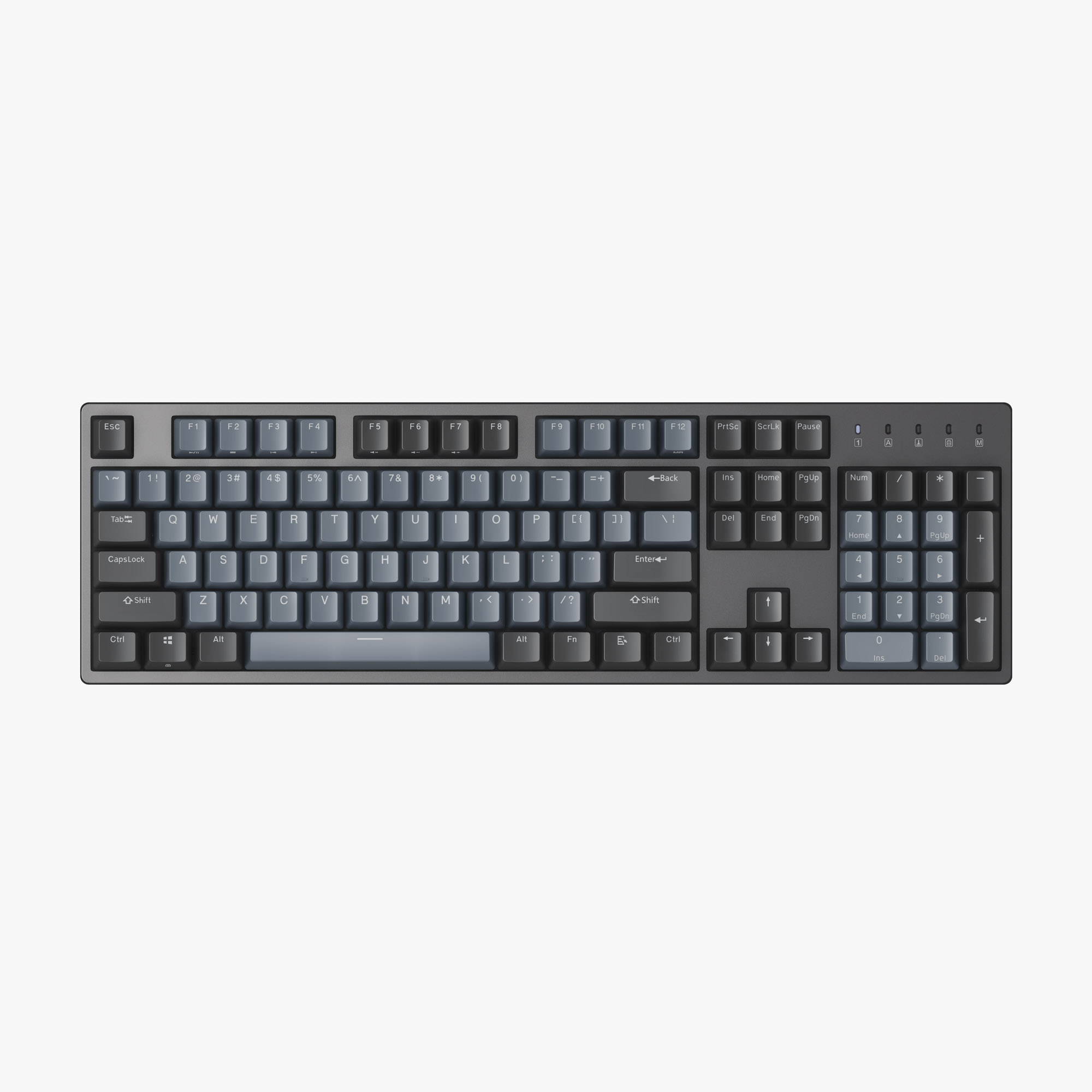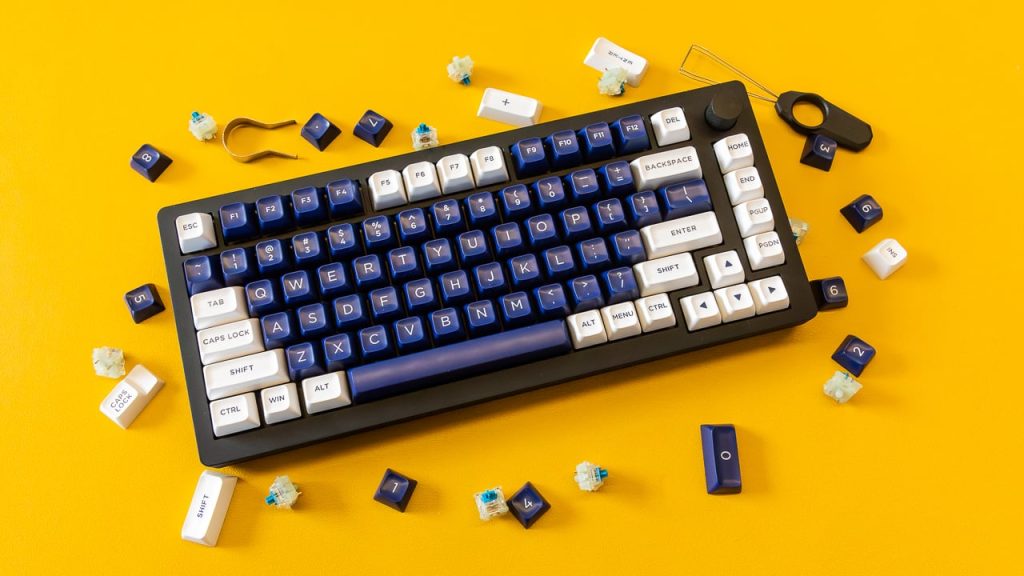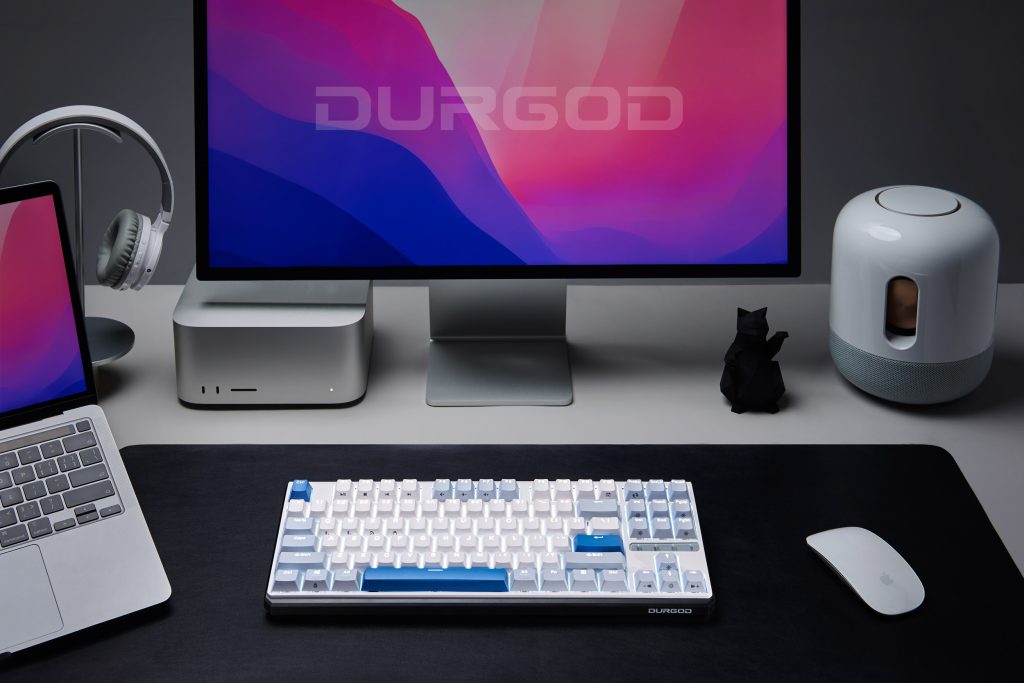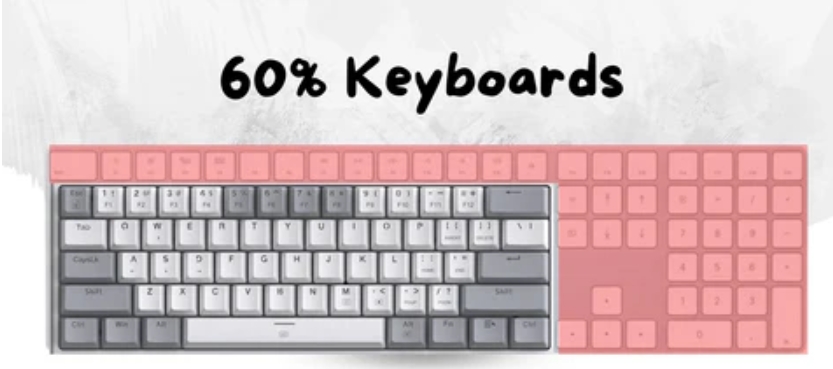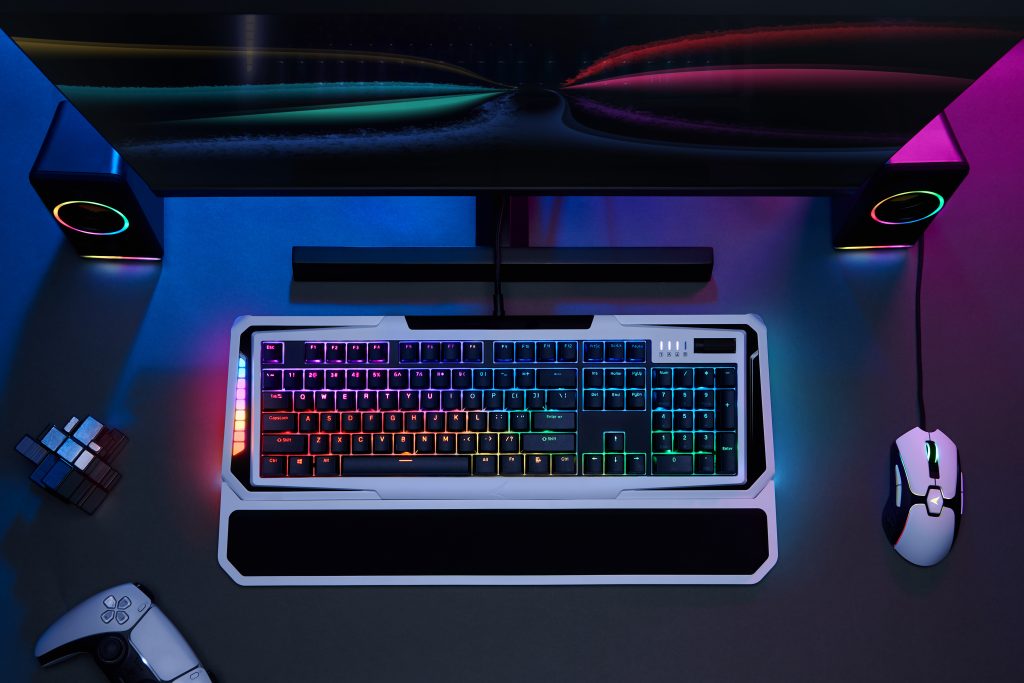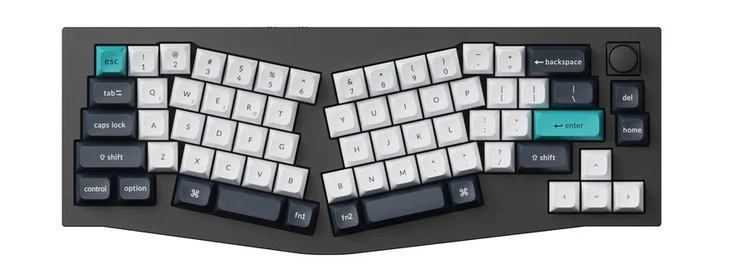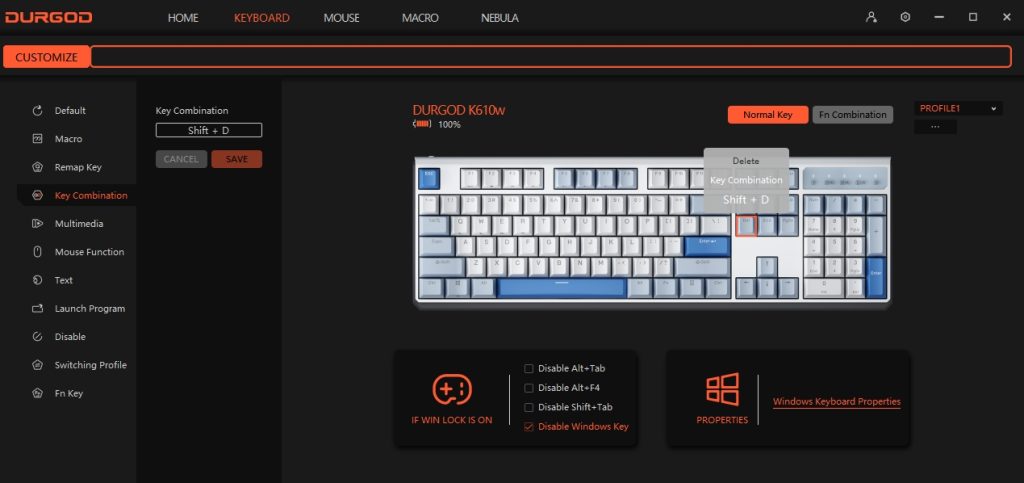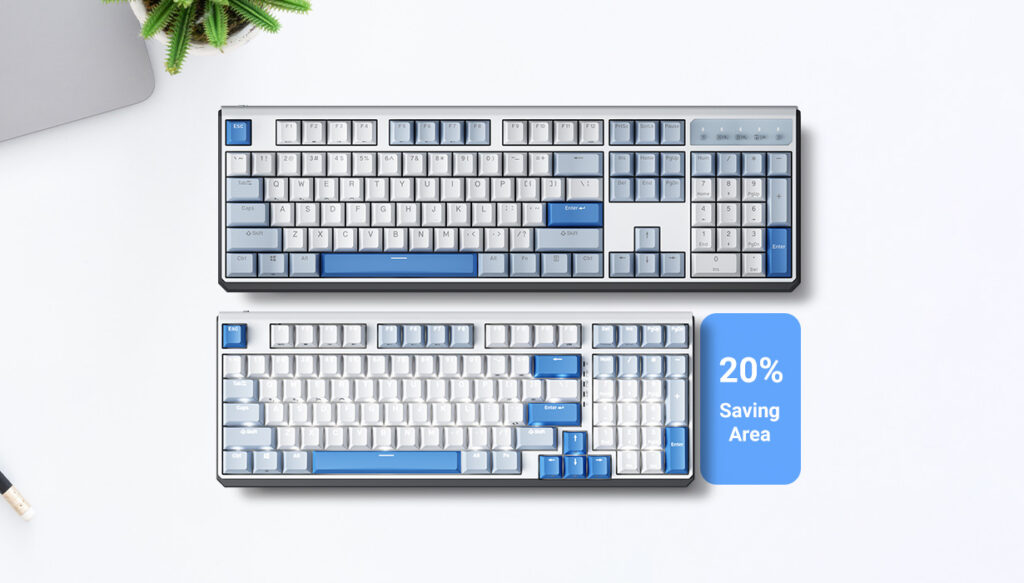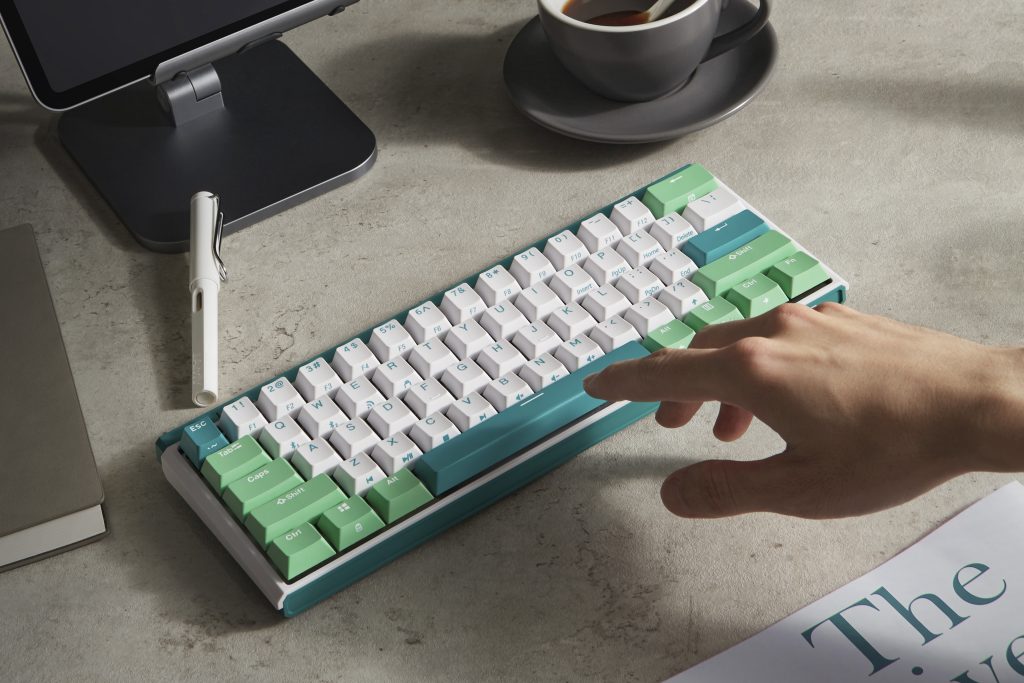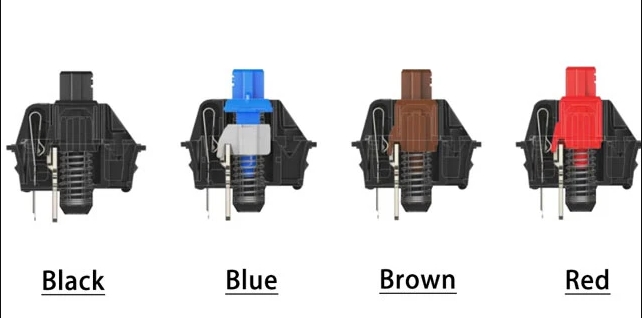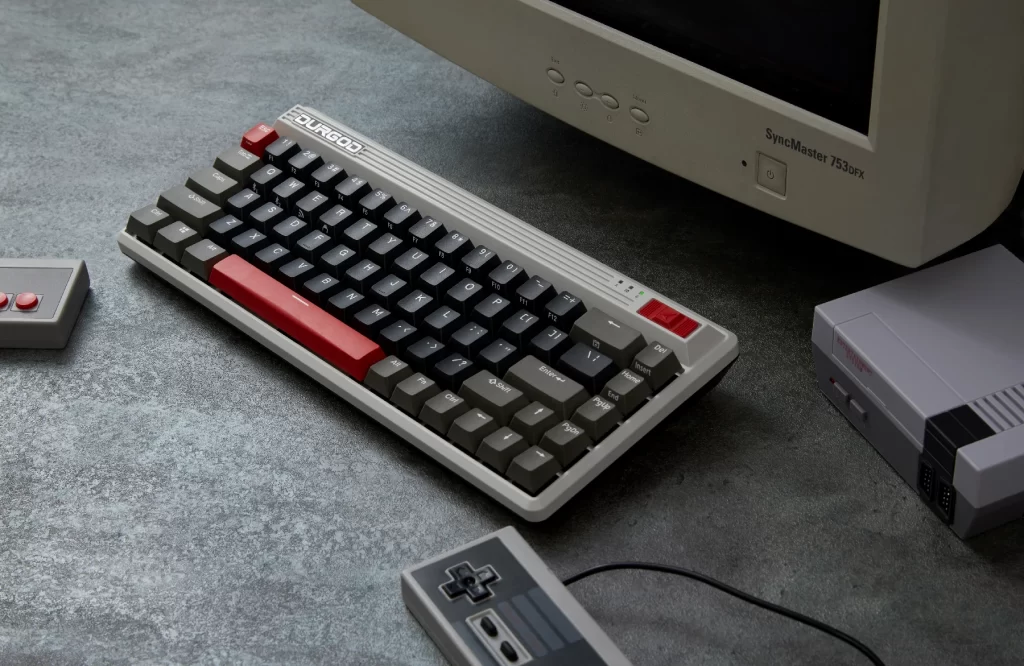In the realm of computer peripherals, the mechanical keyboard is not just a tool but an extension of the user’s hands. Among the various types available, the “mechanical keyboard” has carved out a distinct niche, renowned for its precision, customization, and unique tactile sensation. But what exactly distinguishes a mechanical keyboard from its contemporaries, and why has it become a preferred choice for so many?
Mechanical keyboards hark back to the early days of typing, embodying a sense of nostalgia and a nod to the classic typewriter. Each key in a keyboard is an individual entity, boasting its mechanical switch underneath. This setup is markedly different from the common membrane keyboards found in offices and homes, which use a different technology for key presses. The unique structure of mechanical keyboards not only enhances the typing experience but also adds to their robustness and longevity.
As technology advances, so does the design and functionality of mechanical keyboards. Today, they are not just about typing; they represent a blend of ergonomics, personal expression, and performance. From the satisfying click-clack sound to the ability to customize key functions and aesthetics, mechanical keyboards offer a level of engagement that goes beyond mere input devices. They have become a symbol of quality and personalization in a digitized world where such traits are highly valued.
Historical Context
The history of mechanical keyboards dates back to the early days of computing. Originally, all keyboards were mechanical, designed with individual switches for each key. In the 1980s, cheaper and quieter membrane keyboards became popular. However, mechanical keyboards continued to be valued by typists and gamers for their precise and tactile feedback. Today, they have seen a resurgence, celebrated for their durability and the satisfying typing experience they provide.
What is a Mechanical Keyboard?
Mechanical keyboards, unlike their membrane counterparts, are built with individual “mechanical switches” under each key. These switches consist of several moving parts: a hard plastic “stem” contains a spring underneath and, when pressed, they produce a tactile feel and an audible click. This construction not only offers a satisfying typing experience but also contributes to the longevity of the keyboard.
Variation of Mechanical Keyboard
The resurgence of mechanical keyboards has led to a variety of types, including the “wireless mechanical keyboard“. These offer the same tactile feedback and durability as wired ones but with the added convenience of wireless connectivity. This makes them an excellent choice for a clutter-free and flexible setup.
Want Money Saving?
For those on a budget, finding the “best budget keyboard” can be a daunting task. Brands like Durgod have made it easier by offering high-quality, affordable mechanical keyboards. Durgod keyboards are renowned for their build quality, variety of mechanical switch options, and sleek designs. Making them a top choice for both beginners and enthusiasts.
In conclusion, whether you are a gamer, a writer, or just someone who spends a lot of time on a computer, a mechanical keyboard can significantly enhance your typing experience. With a range of options from wireless to budget-friendly, there’s a mechanical keyboard for everyone.
Discover more about mechanical keyboards at DURGOD.



